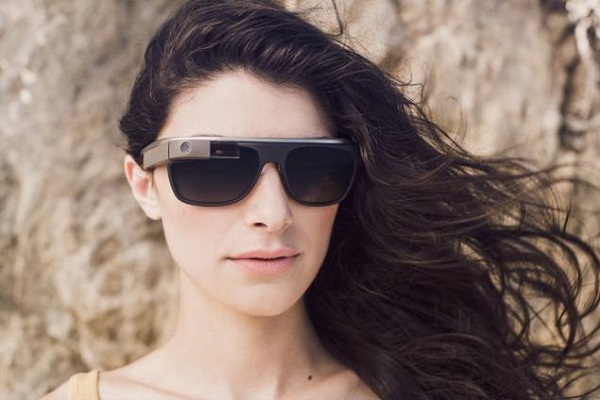Converting body heat to the energy necessary for powering wearable devices is not that far-fetched of an idea, according to a team of South Korean researchers.
The battery life of Google Glass and other wearable devices is definitely their greatest downside. Until now, whoever owned a wearable was stuck with two options: either he charged the device wherever he could (more than once a day, in some cases), or he could carry a power bank with him, along with frustrating cables. This takes away from the pleasure of wearing a wireless device. The ideal solution would be to find a source that could transmit energy wirelessly to the wearable, but until such a thing is invented, the fiberglass-based thermoelectric (TE) generator developed by some South Korean scientists remains our best option.

Byung Jin Cho, a professor of electrical engineering at KAIST (Korea Advanced Institute of Science and Technology), explained just how flexible this TE generator really is: “There are no changes in performance even if the generator bends upward and downward for up to 120 cycles.”
Further down the line, Cho also detailed the structure of the device that could change the life of anybody using wearable tech: “The TE generator has a self-sustaining structure, eliminating thick external substrates (usually made of ceramic or alumina) that hold inorganic TE materials.”
Cho also emphasized the elements that bring novelty in the field of energy generators: “The glass fabric itself serves as the upper and lower substrates of a TE generator, keeping the inorganic TE materials in between. This is quite a revolutionary approach to design a generator.”
Unlike inorganic-based TE generators, which are very rigid, heavy and take up a lot of room, the one invented by these South Korean researchers (which is organic, as it is based on glass) is very light and flexible, leaving very little to be desired.
By the looks of it, this thermoelectric generator could be not only an ideal source of energy for wearables, but also for other mobile devices such as smartphones. The whole concept might need to be adapted for that, as smartphones are known as more power hungry than smart glasses and the like.
The only thing that I hope is that no one gets the idea that people could be turned into massive power banks anytime soon, as that would be The Matrix all over again.
Be social! Follow Walyou on Facebook and Twitter, and read more related stories about how Google Glass could help people with Parkinson’s and Vodafone’s Power Pocket that uses body heat to power phones.










